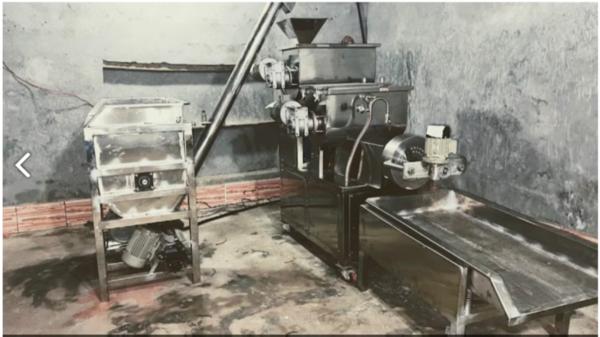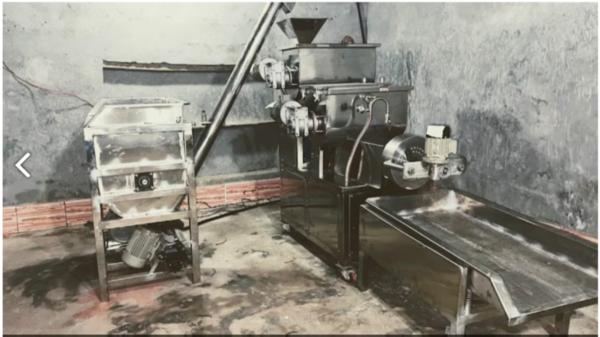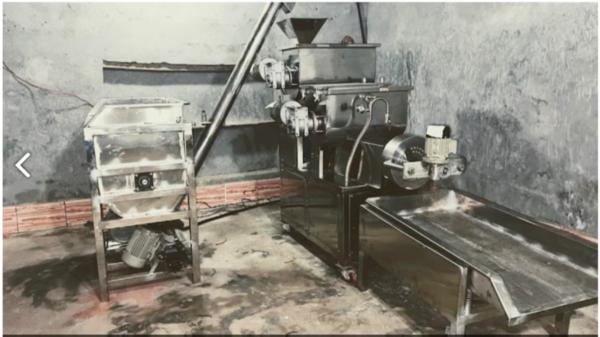A Pasta Making Machine 50-70 Kg/hr is a semi-automatic or fully automatic machine designed to produce short-cut pasta shapes like macaroni, penne, fusilli, and elbow pasta at a moderate production capacity. This range is perfect for small food manufacturing units, hotels, catering services, and startups. With a capacity of 50-70 kg/hr, these machines bridge the gap between small-scale tabletop pasta extruders (10-20 kg/hr) and large industrial pasta production lines (200+ kg/hr). This production capacity allows you to serve local markets efficiently while maintaining high product quality.
Send Message
About Abcot Machinery
The Best Paper Plate Making Machine Manufacturers in noida
Products
Featured ProductsWhat We Do
Have any custom requirements?
Image Gallery
Pictures That Speak


×
![]()






